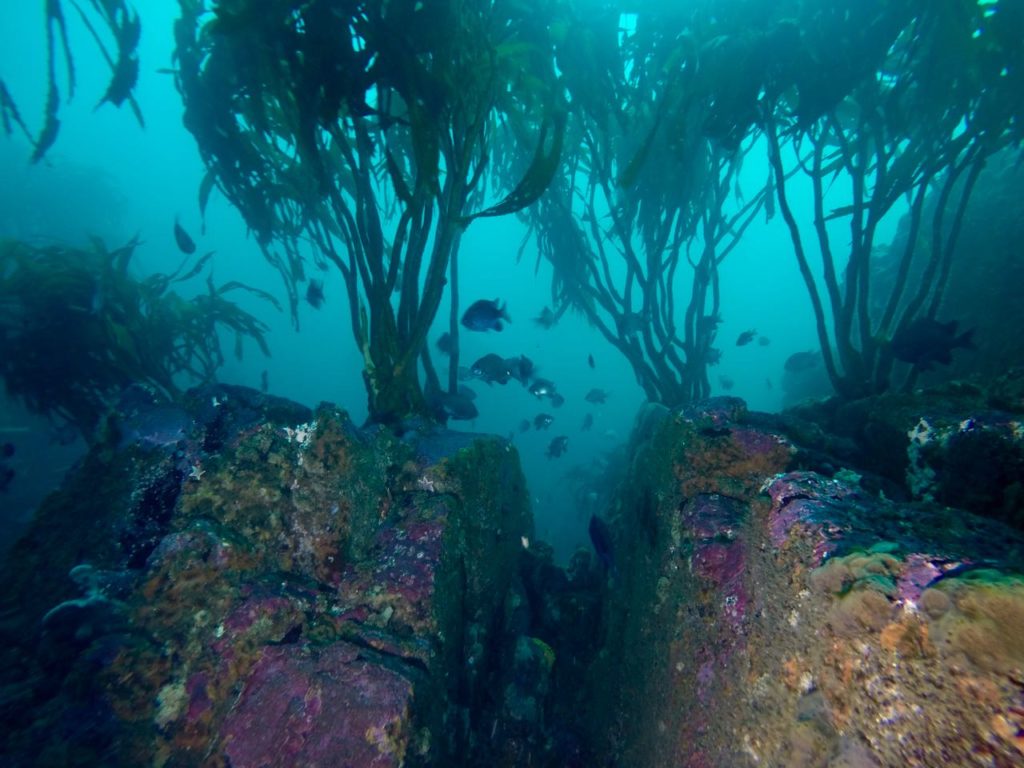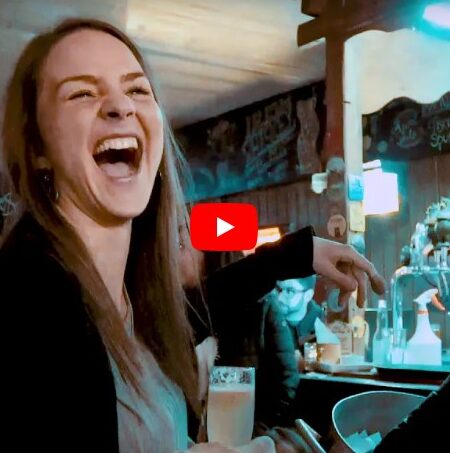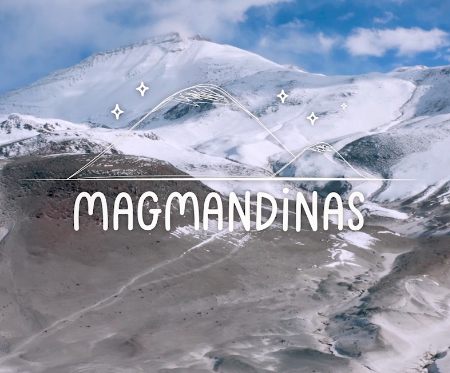What is Open Water Diver PADI certification? What are the benefits? How much does it cost? The Open Water Diver is the first level of PADI certification, costs about $300USD, and can be completed in 3-4 days. Learn more about the PADI course and where you can do it, in Chile or abroad.
–
Like the idea of scuba diving in Thailand? Australia? Mexico? All of those awesomely cyan blue, transparent water places on the bucket list?
Do you not like the idea of being in a boat with other divers, but finding yourself having to get off earlier and scuba in a still beautiful place, but watching them get to go to one even more beautiful, more colorful, and with more animals? Well, seems we have something in common and taking the Open Water Diver PADI certification course might be right up your alley.
There’s a whole underwater world waiting to be discovered, by you!
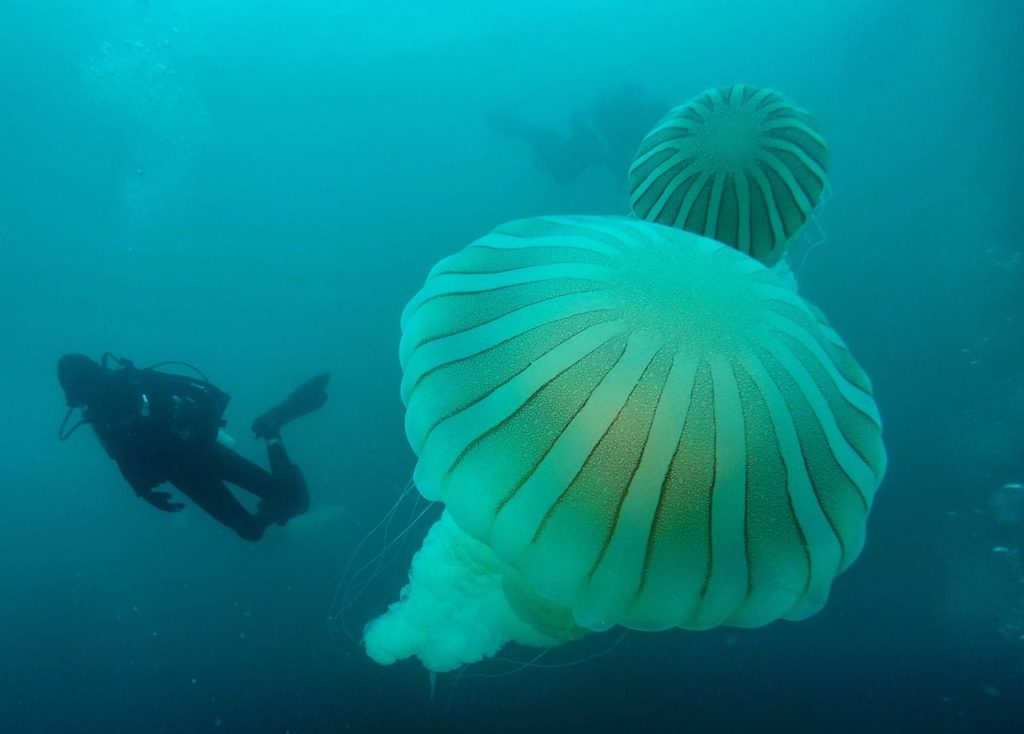




My introduction to the underwater world
I quickly realized I needed my PADI Open Water Diver certification
The truth is, scuba diving was always something I liked the idea of and found intriguing, but something a bit further off my radar. Until one day when Mother Nature got complicated and crashed my mountain plans. On that day, I headed to the beach, did my scuba diving “Discovery” and was introduced to the world under the waters.
Discovery is your first time scuba diving. They teach you the basics and you on a guided dive with a dive master. You can go up to 12 meters under the water. Well, I had a great time, don’t get me wrong… but, as a natural limit pusher, I wanted to go further down. And, later, they showed me pictures of sea lions, colorful under water jungles and fish I didn’t see. “I want to go there!” I said. Then I learned that, if didn’t certify myself, I would be scuba diving all over the world, but always be the one getting off the boat and sadly watching as the cooler certified kids got to go to the cooler places.
And just like that, I knew I needed to get my Open Water Diver PADI certification
A GUIDE BY YOUR SIDE (AND IN YOUR INBOX)
My “Word Cairns” newsletter sends inspiration, tips, stories, and photos from wild corners of this world. Plus, you’ll be the first to know about new expeditions, activities, and special offers.
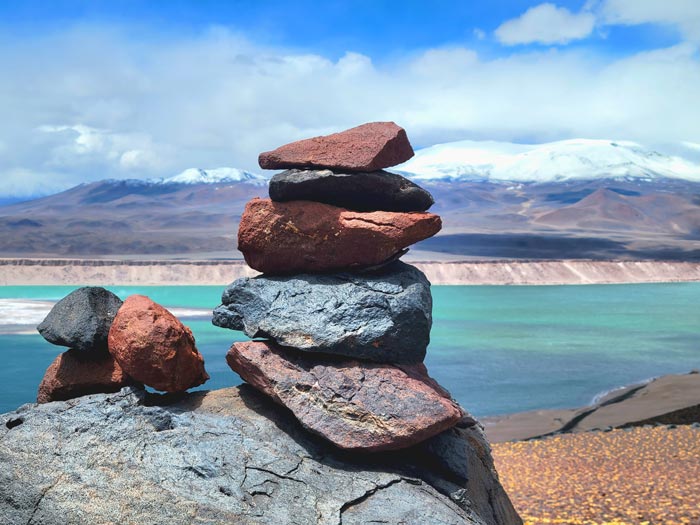
What is Open Water Diver PADI certification and what are the benefits?
- PADI is the Professional Association of Diving Instructors, and is the world’s largest diver training organization and recreational diving membership organization.
- Open Water Diver is the first level of PADI certification.
- It is an international certificate that never expires.
- It allows you to dive up to 18 meters / 60 feet under water.
- It means you’re one of the cool kids that can go to the cooler places
What and how will you learn during your course?
- 5 theory classes
You have 5 in-person classes with your dive master instructor, plus a manual and videos for self-learning. This is to ensure you understand how being under the water affects your body, as well as all the basics of scuba diving, how to equalize your ears, about your equipment and the skills/techniques you need for diving safely. You take a quiz after each section and a final written test and the end of the whole course.
- 1 confined water dive
Your first under water experience during the Open Water Diver (OWD) course is in a confined area, like a pool or closer to the beach in shallow water. Before heading out you learn about the equipment, the purpose of each piece, how to prepare and check your equipment before a dive, and you review the exercises you will do in the confined water dive. When that’s all set, to the water you go!In this underwater experience, you practice various common and important “stressors”. These are all potentially stressful situations, but by practicing them in a controlled area you learn how to respond calmly and… dive on!- water entering into your facemask and you needing to get the it out
- you taking your face mask off completely and putting it back on
- removing the regulator (breathing source) from your mouth, clearing the water that entered into it and putting it back in
- taking your regulator out of your mouth, letting go of it, recuperating it, and putting it back in your mouth
- taking off your equipment (the jacket with oxygen tanks attached) and putting it back on
- running out of air and needing to use the alternative air source of your diving partner (and vice versa)
- 4 – 5 open water dives
In the open water dives, you continue to practice the “stressors” but this time, in deep, open water. You also practice floatability, how to make controlled emergency stops on the way up if necessary (to release nitrogen buildup in your body) and other skills and techniques. Of course, after practicing, you put it all to the test and go about exploring your surroundings.
How long does the Open Water Diver course take? How much does it cost?
The course costs $280,000CLP or $450USD. How long depends on your schedule and your learning preference, but typically around 3-4 days.
I did my Discovery and Open Water Diver course with Austral Divers in Quintay, close to Valparaiso, Chile. They were super flexible and offered me different solutions to accommodate my agenda. For me, it was ideal to go for 3 very full days (Friday, Saturday, Sunday).
However, they also offer the option to do theory and/or Confined Water Classes in Santiago, so that the practical classes can be accomplished in one weekend. Another more relaxed way is to go on 2 separate weekends to their dive shop in Quintay. So, really, the time is up to you!
PADI dive shops all around the world offer this course, with the same methodology, so just find one, verify positive diver experiences, and get PADI certified! Read my other article about the amazing diving you can do in Quintay, around sunkey whaling ships, underwater jungles, many sea lions, and, if you’re lucky, dolphins!
Related Articles

I'M TALKIN' TO YOU
Purpose-driven people who feel compelled to make life meaningful for yourself and others.
Outdoor-inspired people whose best self comes alive when experiencing beautiful places and pushing your limits in the open air.

